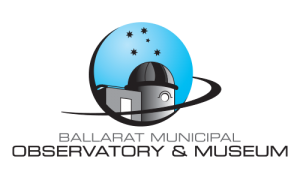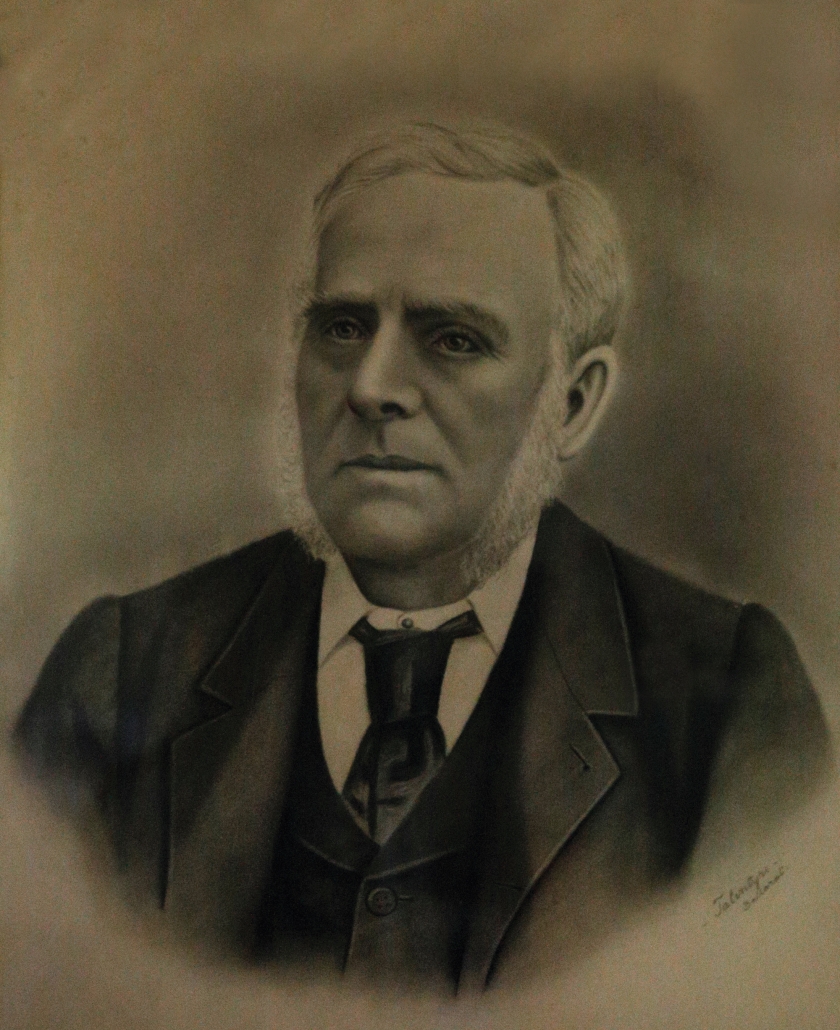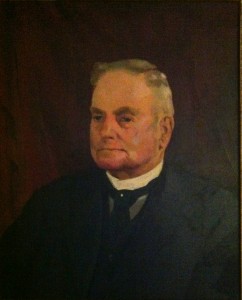Establishment
In 1885, following the initiative of Mr James Oddie, the Government reserved three acres (about 1.2 hectares) in Cobden Street at Mount Pleasant, for an observatory, and in March 1886, a committee was appointed for the care, protection and management of the reserve. Oddie made the observatory possible through his enthusiasm for science and his philanthropy. When Oddie established the Observatory, he invited Captain Baker, a retired sea captain to become the first Superintendent.
On the 11th May, 1886, the formal opening of a small observatory with a 12.5-inch (32cm) reflector, transit room and cottage took place. This telescope, the first used at the Ballarat Observatory, was made by Captain Baker some years before he moved to Ballarat from Goldsborough, and which won a silver medal at the 1873 Melbourne Exhibition. Captain Baker built a workshop and foundry, and constructed a number of telescopes on site. Captain Baker also gave astronomy lectures and provided viewing opportunities. As Captain Baker was an expert telescope maker, he was chosen to polish the mirror of the 48-inch (122cm) Great Melbourne Telescope at the Melbourne Observatory in 1888, and his greatest instrument, the 26-inch “Great Equatorial Telescope”, was opened in 1888 and recorded by Henry Sutton using his camera, he sent a copy to James Oddie who at the time was in England, and one to the Government Astronomer, Robert J.L. Ellery in Melbourne. The image below is Courtesy of Museums Victoria. The telescope is still in use. After Captain Baker’s death in 1890 and the financial depression of the ’90s which bankrupted Oddie, the Observatory suffered a period of neglect. John Brittain a lecturer in astronomy at the School of Mines, rekindled public interest in the Observatory and persuaded the Town of Ballaarat East to take responsibility for it.
Ballarat Mt Pleasant Obs. Weather Station no. 89050 est. 1886 -1842 Historical Data – http://www.bom.gov.au/climate/data/index.shtml
Background: Robert Ellery arrived in Melbourne in 1852 and set up practice as a doctor at Williamstown where he established an observatory in 1853. Following Neumayer’s departure from Australia in 1863, he was appointed as Government Astronomer and Meteorologist. He expanded the Victorian observing networks and began collecting observations by telegraph from further afield as a basis for the preparation of daily synoptic charts which first appeared in the Melbourne Argus in September 1881. Ellery became a leading figure in the Melbourne scientific community and served for almost 20 years as President of the Royal Society of Victoria.was responsible for establishing weather stations across Victoria.
Keeping it going
John Brittain was born in Wales and migrated to Australia at the age of ten. He became a lecturer in astronomy and surveying at the Ballarat School of Mines. Ballarat School of Mines. When the Ballarat Observatory was on the brink of extinction, Brittain breathed new life into it and virtually rebuilt it during the period 1914-15, at which time the unique set of stained glass windows were installed. Several of these were donated by organisations in which Brittain was a very active member, namely the Welsh Cambrian Society of Sebastopol, The Orion Masonic Lodge and the Methodist Church, in which he was a Local Preacher for many years. Others were donated by friends with a great interest in astronomy.
He was Superintendent at the Observatory for 30 years, and contributed a monthly column, “Astronomy Notes” to the Ballarat Courier for forty years. His legacy to the people of Ballarat is the set of fine, historic buildings and the historic telescopes which, without his intervention, would have been lost to Ballarat.
The 1950s
After a period in which there was no supervision, Alex Caird was appointed in 1947 and immediately set about the rehabilitation of the buildings and instruments.An outgoing and popular figure, he welcomed many to the Observatory. After his death in 1957, a further period of neglect followed. However, in 1958, following the initiative of members of the Astronomical Society of Victoria, the Ballaarat Astronomical Society was formed.
PROV Article by Marlene Cantwell




